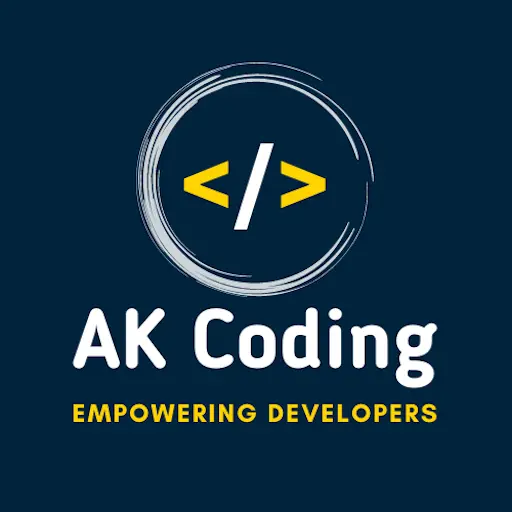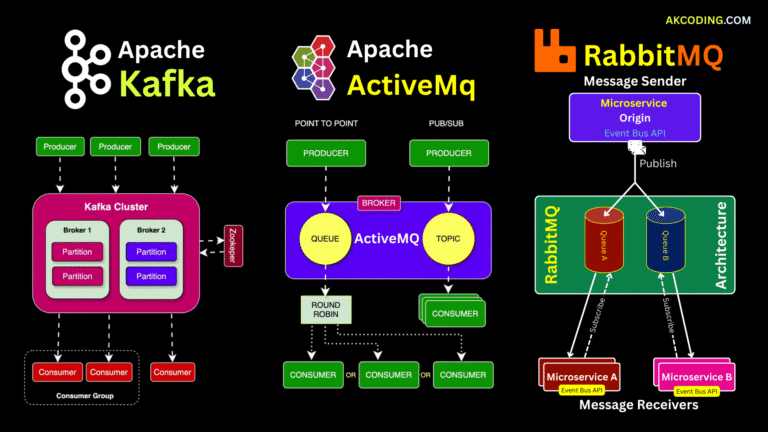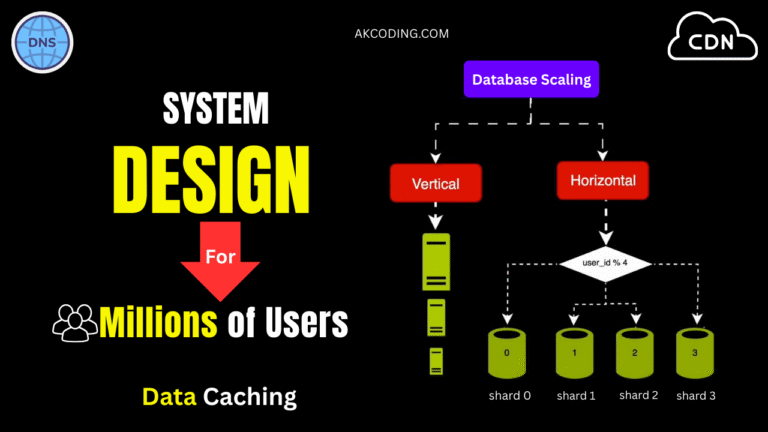
For years, Spring Boot has been the go-to framework for building Java-based microservices. It made Java development productive again, simplified boilerplate-heavy configurations, and gave enterprises a reliable ecosystem.
But here we are in 2025—and the question every Java developer should be asking is:
👉 Is Spring Boot still the best option for building cloud-native microservices today?
If you’ve worked with Spring Boot, you already know the strengths: developer productivity, rich ecosystem, and seamless integration with Spring projects. But you’ve probably also felt the pain:
- Slow startup times (even with Spring Boot 3.x and GraalVM support)
- Higher memory usage, thanks to reflection and proxies
- Overhead in cloud-native deployments, especially when scaling microservices dynamically
In an age where serverless platforms, Kubernetes, and cloud cost optimization dominate the conversation, frameworks that can start fast, run lean, and scale gracefully have become critical.
And that’s where a new wave of Java frameworks steps in—Micronaut, Quarkus, Helidon, and Vert.x.
These frameworks are redefining how Java applications are built and deployed in a cloud-native world. Let’s take a deep dive into each and see why you should consider them for your next project.
🚀 The Case Against Relying Solely on Spring Boot
Before diving into the alternatives, let’s acknowledge the elephant in the room: Spring Boot is still powerful and widely used. Enterprises love it for its ecosystem maturity, security modules, and developer familiarity.
But here’s why relying solely on Spring Boot might limit you in 2025:
- Startup Speed vs. Serverless Reality
- Memory and Cloud Costs
- Cloud-Native Requirements
- Reactive and Async Workloads
So, while Spring Boot isn’t going away, the smarter choice for certain workloads is exploring lighter, faster, and cloud-native-first frameworks.
🌟 Micronaut: Ahead-of-Time Compiled & Cloud-Native
If you want a modern, JVM-based, full-stack framework, Micronaut.io deserves your attention.
Built from the ground up to fix the reflection-heavy limitations of Spring, Micronaut embraces Ahead-of-Time (AOT) compilation, making it blazing fast and lightweight.
🔑 Key Features of Micronaut
- Polyglot framework – Works seamlessly with Java, Kotlin, and Groovy
- Fast, easy unit testing – No need to spin up a heavy context like Spring
- AOT Compilation – Minimal runtime overhead, reduced memory usage
- Smooth learning curve – Familiar annotations and DI model for Spring developers
✅ When to Use Micronaut
- Building serverless apps (AWS Lambda, Azure Functions, GCP Cloud Functions)
- Microservices where low memory footprint is critical
- Projects that need fast startup times
Micronaut is particularly attractive if you’re migrating away from Spring Boot but don’t want a steep learning curve. It feels familiar yet optimized for cloud-native realities.
⚛️ Quarkus: Supersonic, Subatomic Java
If there’s one framework that’s making waves in the Java ecosystem, it’s Quarkus.io.
Branded as the “Supersonic, Subatomic Java”, Quarkus is designed for containers and Kubernetes-first environments. Backed by Red Hat, it integrates with best-of-breed Java libraries like Hibernate, RESTEasy, and Eclipse MicroProfile.
🔑 Key Features of Quarkus
- Performance-first design – Ultra-fast startup and low memory usage
- Kube-Native – Built with Kubernetes and OpenShift in mind
- Reactive Core – Asynchronous, event-driven programming at scale
- Container First – Optimized for Docker images and GraalVM native executables
✅ When to Use Quarkus
- Enterprise cloud-native projects on Kubernetes or OpenShift
- Applications requiring instant scale-up/scale-down
- Teams that want both imperative and reactive styles in one framework
Quarkus is rapidly gaining adoption in enterprises, and many developers view it as the future of Java microservices.
🔹 Helidon: Lightweight & Virtual Thread Friendly
Helidon.io may not get as much buzz as Quarkus, but it’s a hidden gem—especially in the era of Project Loom and virtual threads.
Developed by Oracle, Helidon is designed for writing cloud-native Java microservices with an emphasis on simplicity and performance.
🔑 Key Features of Helidon
- Simple and Fast – No heavy abstractions, closer to the JVM
- Full MicroProfile Support – Standards-based microservices APIs
- Helidon WebServer – Lightweight, high-performance web core
- Observable and Resilient – Built-in observability tools for monitoring and tracing
✅ When to Use Helidon
- Virtual thread-based applications leveraging Java 21+ features
- Teams preferring standardized APIs like Jakarta EE and MicroProfile
- Cloud-native services where observability and resilience are top priorities
Helidon feels closer to the “bare metal” of Java, making it great for performance-sensitive microservices.
🔸 Vert.x: Event-Driven & Reactive
Eclipse Vert.x is not just another framework—it’s a toolkit for building reactive applications on the JVM.
Unlike traditional frameworks, Vert.x is built around the event loop model, similar to Node.js, enabling massive concurrency with minimal resources.
🔑 Key Features of Vert.x
- Event-Driven and Non-blocking – Ideal for I/O-heavy workloads
- Resource-efficient – Handles thousands of connections with low overhead
- Concurrent and Asynchronous – Powered by a reactive core
- Polyglot support – Works with Java, Kotlin, Scala, Groovy, and more
✅ When to Use Vert.x
- Real-time applications (chat apps, gaming servers, streaming platforms)
- High-throughput systems where concurrency and scalability matter
- Teams comfortable with reactive programming models
Vert.x shines in scenarios where asynchronous event-driven design is the key to performance.
📊 Comparison: Spring Boot vs Alternatives
Here’s a quick side-by-side to help you choose:

💡 How to Choose the Right Framework
When evaluating frameworks, don’t just look at the hype. Instead, consider:
- Workload Type
- Deployment Target
- Team Familiarity
- Performance Requirements
🌱 The Bigger Picture: Growth Comes From Exploration
Sticking with Spring Boot might feel safe—but growth rarely comes from staying in the comfort zone.
Exploring Micronaut, Quarkus, Helidon, and Vert.x not only gives you new perspectives but also prepares you for the future of cloud-native Java.
👉 Don’t just learn frameworks—learn the principles they embody:
- Ahead-of-time compilation
- Reactive programming
- Cloud-native design patterns
- Container-first architecture
These are the ideas shaping the future of Java in the cloud-native era.
🔮 Final Thoughts
Spring Boot will remain relevant in 2025 and beyond—no doubt about that. But it’s no longer the only option, and in many cases, it’s not the best one.
If you’re building next-generation microservices, explore:
- Micronaut for lightweight, AOT-compiled apps
- Quarkus for Kubernetes-native performance
- Helidon for virtual thread-powered microservices
- Vert.x for reactive, event-driven workloads
Each has pros and cons. The key is choosing the right tool for the right job.
Because at the end of the day— ⚡ Innovation happens when we step outside the popular choices and experiment with what’s next.
So next time you start a Java project, ask yourself: “Do I really need Spring Boot, or is there a faster, leaner, and more cloud-native way?”
Read other awesome articles in Medium.com or in akcoding’s posts.
OR
Join us on YouTube Channel
OR Scan the QR Code to Directly open the Channel 👉




